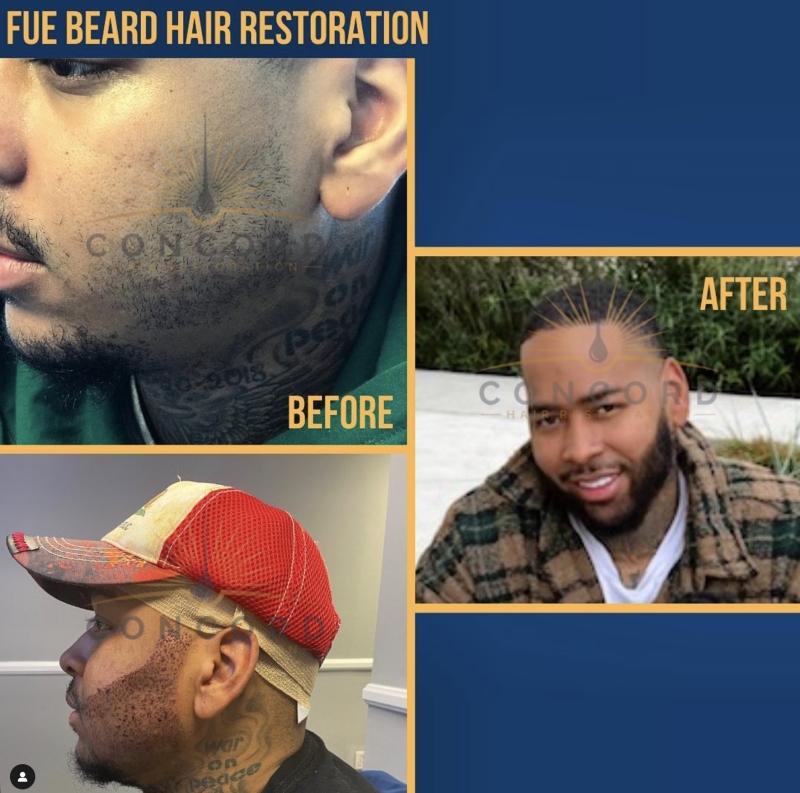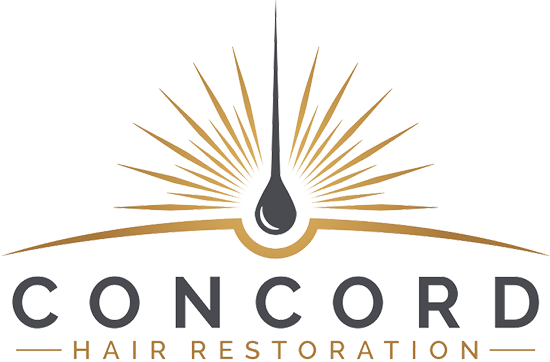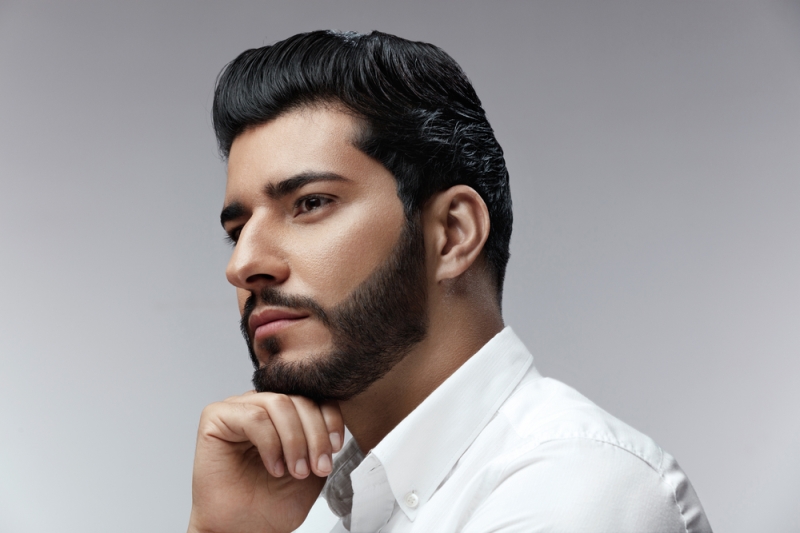Answering FAQ About Beard Transplants
Beard transplants are becoming an increasingly popular option for men looking to improve their appearance.
But as with any procedure, there are a number of questions that potential patients may have. Here, we attempt to answer some of the most frequently asked queries about beard transplants.
What is a beard transplant?
A beard transplant is a surgical procedure in which hair follicles are taken from another area of the body and transplanted into the beard area. This can be used to add density to a thinning beard or to fill in patchy areas.
How is a beard transplant performed?
Beard transplants are typically performed using the FUE (follicular unit extraction) method. This involves removing individual hair follicles from the donor area and transplanting them into the desired location.
Photo Below: Massive before and after transformation here from an FUE Beard hair restoration procedure. Our patient is extremely happy and satisfied with his results. The FUE facial hair restoration procedure can really transform your sparse facial hair look to an increased level of volume & density and it is minimally invasive with a fast recovery time. Contact us today to schedule your free FUE beard hair restoration consultation.

What is the recovery time after a beard transplant?
The recovery time after a beard transplant is relatively short. Most people only experience mild swelling and bruising around the transplanted area, which typically subsides within a week or so.
There is also usually some redness and scabbing, but this will also go away within a couple of weeks. You should be able to return to your normal activities within a few days, but it is important to avoid strenuous activity or exposing the transplanted area to direct sunlight for at least 2 weeks.
How long do the results of a beard transplant last?
The results of a beard transplant can last for many years, provided that the transplanted hair is well cared for.
However, it is important to note that the transplanted hair will not be exactly the same as your natural hair, and it may require special care to maintain its appearance.
Additionally, the transplanted hair may eventually shed (fall out), though this is usually only temporary. Ultimately, the success of a beard transplant depends on a number of factors, including the health of the donor hair follicles, the skill of the surgeon, and the aftercare regimen. With proper care, a beard transplant can provide long-lasting results.
Are there any risks associated with beard transplants?
Beard transplants are a relatively new procedure, and as with any surgery, there are certain risks involved.
The most common complication associated with beard transplants is infection. This can usually be treated with antibiotics, but in rare cases, may require further medical treatment. Other potential complications include:
- Scarring.
- Bleeding.
- Swelling.
- Numbness.
- Pain.
It’s important to consult with a qualified surgeon before undergoing any type of surgery, to ensure that you are aware of all the potential risks and complications.
Only a qualified specialist will be able to assess your individual case and advise you on the best course of treatment.
What is the average cost of a beard transplant?
The average cost of a beard transplant can vary depending on a number of factors, such as the amount of hair being transplanted, the location of the transplant, and the surgeon performing the procedure.
Typically, beard transplants range between $4,000 and $16,000. Some surgeons may charge by the graft, while others charge a flat fee for the entire procedure.
It’s important to consult with a few different surgeons to get an accurate estimate of the cost of your specific procedure.
Insurance typically does not cover beard transplants, so patients will need to pay out-of-pocket for the procedure.
However, many patients feel that the results are worth the investment. Beard transplants can help men achieve a fuller, more masculine look and can boost their self-confidence.
Is beard transplant successful?
Yes, beard transplants are generally successful. The success of the procedure depends on a number of factors, including the skill of the surgeon, the health of the patient, and the type of hair being transplanted.
Beard transplants are most successful when the patient has healthy hair follicles, to begin with. Patients with thinning hair or bald spots may be good candidates for beard transplantation.
Additionally, patients who have undergone previous surgeries or treatments that have damaged their hair follicles may also not be good candidates.
The type of hair being transplanted is also a factor in the success of beard transplants. Beard hair is typically thicker and coarser than head hair, so it can be more difficult to transplant. However, with the right technique and care, beard transplants can be very successful.
Can you shave after a beard transplant?
Most people are curious about whether they can shave after a beard transplant. The answer is that you can shave, but you should avoid doing so for at least the first week after the surgery.
This is because the area where the transplant was performed will be healing, and shaving could cause irritation or damage to the surgical site.
Once the initial week has passed, you can shave as normal, but be sure to be gentle when doing so. Make sure to use a sharp razor and plenty of shaving cream, and go slowly to avoid any accidental cuts. If you experience any bleeding or redness after shaving, stop immediately and consult your doctor.
Overall, shaving after a beard transplant is perfectly safe as long as you take care not to aggravate the surgical site. Just be sure to follow your doctor’s instructions carefully and give yourself enough time to heal properly.
Do beard transplants look natural?
Beard transplants are a popular way to achieve a fuller, more masculine appearance. But do they look natural?
Most beard transplants are done with follicular unit transplantation (FUT), which involves taking hair follicles from the back of the head and transplanting them to the beard area. This can give the appearance of a fuller, more densely-packed beard.
The alternative is follicular unit extraction (FUE), which involves individually extracting hair follicles from the back of the head and transplanting them into the beard area. This can give a more natural-looking result, as the individual hairs will be spaced out more evenly.
However, both FUT and FUE can result in some scarring, which may be visible if the beard is shaved very short. And, in some cases, the transplanted hair may not match the color or texture of the existing beard hair.
Overall, though, most people are happy with the results of their beard transplant and find that it looks natural.
When can I shower after a beard transplant?
After a beard transplant, you’ll need to take special care of your new facial hair. That means no washing for the first 48 hours.
After that, you can gently wash your face with warm water and mild soap. Avoid scrubbing or rubbing too hard.
It’s also important to avoid direct sunlight and extreme heat for the first week or so. And don’t use any products on your beards, such as styling gels or creams, until your surgeon gives you the okay.
With proper care, your new beard will start to grow within a few weeks. It should be fully grown within three to six months.
Will facial hair grow immediately after a beard transplant?
Yes, facial hair will grow immediately after a beard transplant. The transplanted hair will grow in just like any other hair on your body.
It may take a few months for the full beard to grow, but you should start to see some growth within the first few weeks.
A beard transplant is a procedure that involves transferring hair from one part of your body to another. This can be done to fill in bald patches or to create a fuller beard. The procedure is relatively simple and can be performed in a doctor’s office.
What are the alternatives to a beard transplant?
There are a number of alternative options to beard transplants, depending on your needs and goals. One popular option is hair implants, which can help add fullness and density to your existing beard.
This is a minimally-invasive procedure that typically requires only local anesthesia, and can be completed in a single office visit.
If you’re looking for a more temporary solution, there are also a number of over-the-counter products that can help thicken and fortify your existing beard.
These include beard oils, serums, and creams that are designed to nourish your hair follicles and promote healthy growth.
Why do people get beard transplants?
A beard transplant is a surgical procedure that involves taking hair follicles from another area of the body and transplanting them into the beard area. The most common donor site for beard transplants is the scalp, but other body hair can be used as well.
Beard transplants are usually performed to correct patchy or thin areas of facial hair. The procedure can also be used to add density to an existing beard or to create a completely new beard.
There are several reasons why someone might choose to get a beard transplant. For some men, it’s a matter of vanity, they simply want to have a fuller, thicker beard.
Others may have medical conditions that cause hair loss in the beard area, such as alopecia. And for some men, a beard transplant is the only way to get a beard, since they are not able to grow one naturally.
The procedure is relatively new, and there is still some uncertainty about the long-term results. However, most experts agree that beard transplants are safe and effective when performed by a qualified surgeon.
Contact us today to schedule your free FUE beard hair restoration consultation.
If you are considering a beard transplant, be sure to do your research and ask lots of questions. We hope that this article has been helpful in providing some answers about beard transplants.
Shopping for quotes and pricing for beard restoration?
We even have hair restoration financing available. If you’re interested in pricing for facial hair transplants in San Diego or Los Angeles, we can give you a consultation! We can schedule a zoom call or do an in-office consultation. It’s up to you!
At Concord Hair Restoration, we have two Southern California locations to meet your needs:
San Diego Office
7801 Mission Center Ct.
Suite #105
San Diego, CA 92108
(619) 905-HAIR (4247)
Los Angeles Office
16661 Ventura Blvd.
Suite #824
Encino, CA 91436
(818) 377-5000

